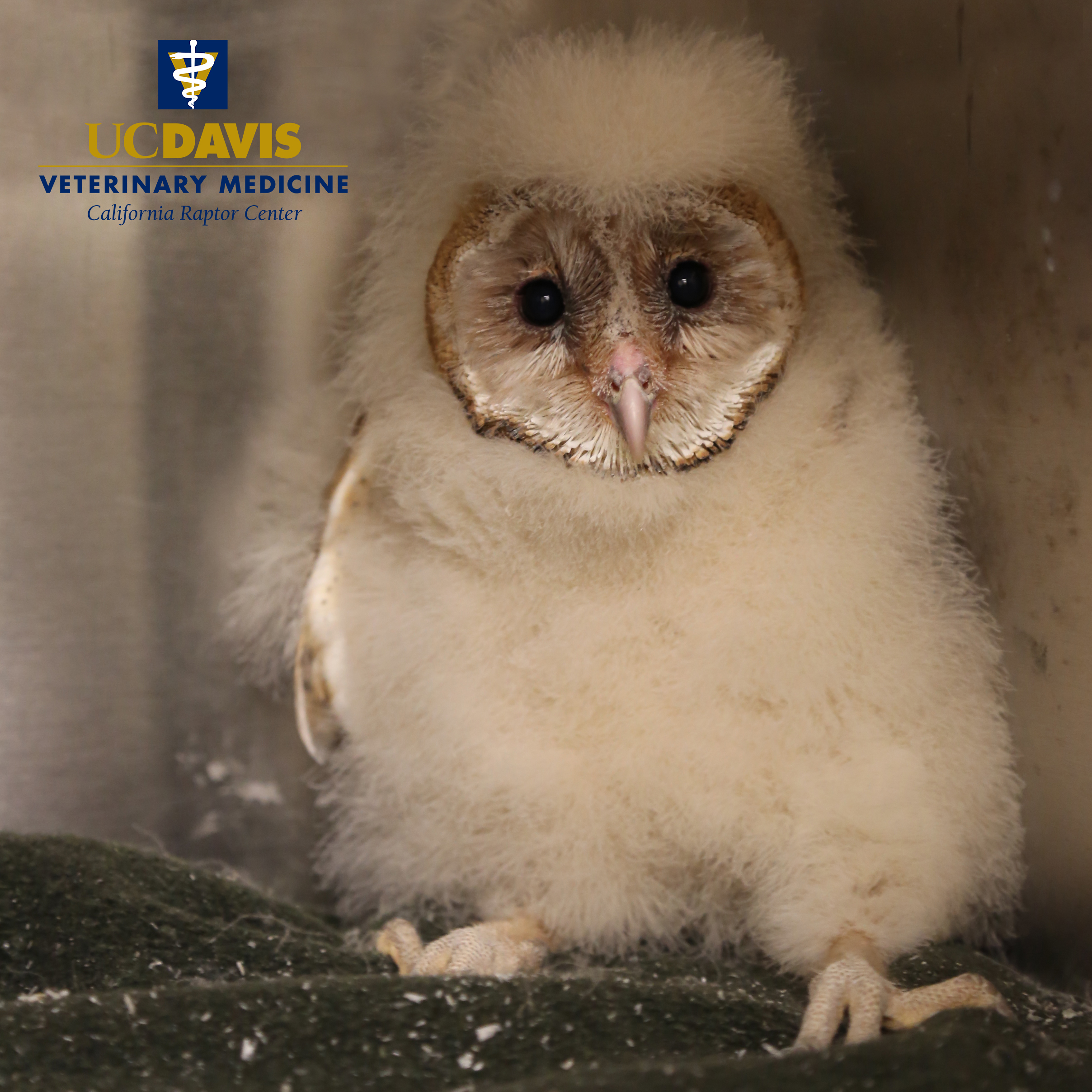Inside the Nursery

Inside the Nursery
From the time the chick or egg arrives at the nursery until a hatched bird is released back into the wild, here's what the process looks like:
Hatching
It is important that eggs are brought to the California Raptor Center as soon as they are found. To stay viable, eggs must be kept around the temperature at which the mother would incubate them. When they reach the nursery, they're kept in incubators at this well-regulated temperature until they hatch.
When the CRC receives an egg, the primary goal is to return it to its natural environment, but if the original nest has been destroyed or is in harm's way – like on a farm – that's not an option. If that is the case, researchers try to place the egg in the nest of another bird of the same species. But they do not want to jeopardize one bird to save another, so they must first determine if the nest can accommodate an extra mouth to feed. If it cannot, the egg will likely remain in the nursery.
Most eggs brought to the CRC are Northern Harriers that are found in rice and wheat fields. They also tend to receive a few Great Horned Owls and Barn Owls each year. Breeding season for these birds starts around April and lasts until August.
Raising
The birds in the CRC's nursery are cared for by a rotation of volunteers.
One reason researchers try to immediately return eggs and hatchlings to their natural environment is to avoid having birds imprint on humans or other species. Imprinting can happen on sound or sight, and it is irreversible. Birds that imprint on humans cannot survive in the wild, which means they cannot be released.
That is why nursery caretakers use puppets and wear masks when feeding and handling the hatchlings.
"Imprinted birds can be decent parents, but don't have the instinct to breed," says Operations Supervisor Bret Stedman. He added that the imprinted birds that live at the CRC cannot instinctually care for hatchlings, but they can play a surrogate role by teaching young birds how to feed while allowing them to imprint on their own species.
About a week or so after hatching, the temperature in the brooder is gradually lowered as the chicks begin to develop the ability to regulate their own body temperatures. After feathering, the bird can be cared for at room temperature.
Newborn hatchlings are fed multiple times a day using the puppets. After a few weeks, feeding is reduced to a couple times a day. As the chicks get older, they are allowed to be outside. That is when they are placed in front of other birds of their own species so they can naturally imprint and begin to learn behavior skills.
Some birds are more susceptible to human imprinting than others. Great Horned Owls, for example, are more likely to imprint than Barn Owls.
Releasing
One popular technique for releasing nursery-raised birds into the wild is "hacking."
Hack boxes allow the bird to adapt to the wild and acquire natural instincts with minimal danger. Age of release (fledging) varies by species.
Hack boxes allow birds to learn to fly and adapt to the wild without completely cutting them off from their caretakers. Food is placed on the boxes for several weeks as the bird learns to hunt. Over time, the birds will acquire their survival instincts and will no longer be dependent on the food left at the hack boxes.
The CRC's hack boxes are located in Davis and surrounding areas.
Here's how it works: Birds are placed in the hack box before they begin to fly. A bird that already knows how to fly would likely not return to the box, which is why it's important to start early. Eventually the door to the box is opened, and the youngsters can leave on their own.
Food is placed on the box every day, which gives the bird an opportunity to learn to hunt without being completely cut off from its food source. Eventually, the bird will be able to sustain entirely on its own hunting.

